#Tewa
Text
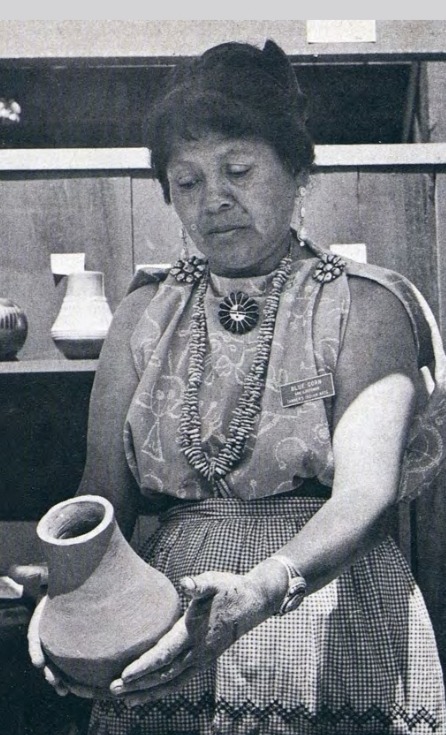
Blue Corn (aka Crucita Gonzales Calabaza), Tewa pottery artist from the San Ildefonso Pueblo - 1973
127 notes
·
View notes
Text
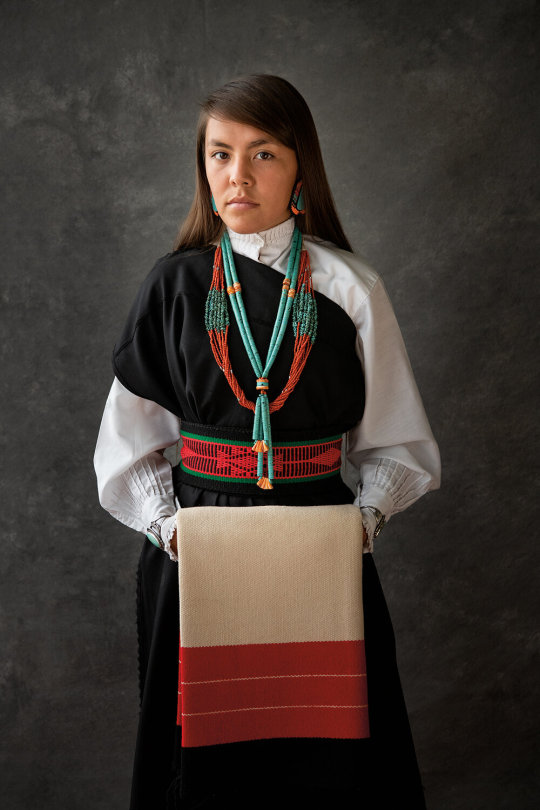
Tewa woman, Povi Tsay, United States of America, by Native Light
#tewa#united states of america#america#north america#traditional clothing#traditional fashion#cultural clothing#folk clothing
242 notes
·
View notes
Text
By Tewa Women United
This week, “Oppenheimer” will open, a film that centers on the creation and use of the atomic bomb through the story of J. Robert Oppenheimer.
Go see the movie if it calls to you. But please also take time to learn about the other side of the story and what unfolded at Tsankawi (also known as Los Alamos) and the Pajarito Plateau 80 years ago — the story that centers the Indigenous and land-based peoples who were displaced from our homelands, the poisoning and contamination of sacred lands and waters that continues to this day, and the ongoing devastating impact of nuclear colonization on our lives and livelihoods.
We’ve put together this resource list with a focus on Indigenous and land-based communities, so you can learn more about our side of the story and ways to respond.
#Oppenheimer#Indigenous people#imperialism#nukes#environmental racism#Los Alamos#Tewa#films#propaganda#colonialism#displacement#landback#Struggle La Lucha
47 notes
·
View notes
Text
youtube
Been listening to this all afternoon! It's got a lot of amazing audio from Palestinian and Indigenous activism
#christmas#free palestine#palestine#the red nation#indigenous#indigenous issues#indigenous communities#protest art#merry fucking christmas#happy fuckings holidays#indigenous rights#indigenous activism#indigenous history#arab#arab history#tewa#pueblo#turtle island#navajo#diné#indigenous resistance#anti colonialism#decolonization#apache#palestinian poetry#palestinian writers#free gaza#gaza#youtube#indigenous art
7 notes
·
View notes
Text
WEST INDIGENOUS NORTH AMERICAN RESOURCES
The Anthropological Masterlist is HERE.
The Western United States is a North American region that constitutes the western part of the United States. Alaska and Hawaii are also considered part of the Western United States.
AHTNA ─ “The Ahtna, or Ahtena, people are an Indigenous North American people. They are native to the Copper River in southern Alaska.”
─ Ahtna Information
ALEUT ─ “The Aleuts, or Unangas, are an Inuit people. They are native to the Aleutian Islands between Russia and Alaska.”
─ Aleut Information
─ Aleut Museum
─ Aleut Language
ATHABASKAN ─ “Athabaskan, or Dene, is an Indigenous American linguistic group that share the Athabaskan language family. They are native to Alaska, north Canada, and southwest United States of America.”
─ Athabaskan Languages
─ Athabaskan Language Conference
CAHUILLA ─ “The Cahuilla, or Ivilyuqaletem, people are an Indigenous North American people. They are native to the center of southern California.”
─ Cahuilla Information
─ Cahuilla Language
─ Cahuilla Language
CROW ─ “The Crow, or Absaroka, people are an Indigenous North American people. They are native to central and south Montana.”
─ Crow Information
─ Crow Language
HOPI ─ “The Hopi are an Indigenous North American people. They are native to northeastern Arizona.”
─ Hopi Information
─ Hopi Culture and History
─ Hopi Dictionary
INUIT ─ “The Inuit are an Indigenous North American people. They are native to Greenland, Canada, and Alaska.”
─ Inuit Collections
─ Inuit Religion
─ Inuit Dictionary
KUMEYAAY ─ “The Kumeyaay, or Tipai-Ipai, people are an Indigenous North American people. They are native to southern California.”
─ Kumeyaay Culture
─ Kumeyaay Language
─ Diegueño Dialect
KWAKWAKA’WAKW ─ “The Kwakwaka’wakw, or the Kwakiutl, people are an Indigenous North American people. They are native to Vancouver Island.”
─ Kwakwaka’wakw Mythology
─ Revival of the Kwakwaka’wakw Langauge
─ The Bible in Kwakwaka’wakw
LUISEÑO ─ “The Luiseño, or Payómkawichum, people are an Indigenous North American people. They are native to the coastal area of southern California.”
─ Luiseño Culture
─ Luiseño History
─ Luiseño Language
MIWOK ─ “The Miwok, or Miwuk, people are an Indigenous North American people. They are native to northern California.”
─ Miwok Mythology
─ Miwok History
─ Miwok Dictionary
NAVAJO ─ “The Navajo, or Diné, people are an Indigenous North American people. They are native to the southwestern United States of America.”
─ Navajo Culture
─ Navajo Mythology
─ Navajo Language
O’ODHAM ─ “The O’odham people are an Indigenous North American people. They are native to the Sonoran Desert in Arizona.”
─ O’odham Dictionary
PAIUTE ─ “The Northern Paiute people are an Indigenous North American people. They are native to the Great Basin in the United States of America.”
─ Paiute Culture
─ Paiute Culture
─ Paiute History
PUEBLO ─ “The Pueblo, or Puebloan, people are an Indigenous North American people. They are native to New Mexico and Arizona.”
─ Isleta Pueblo Information
SHOSHONE ─ “The Shoshone, or Shoshoni, people are an Indigenous North American people. They are native to Wyoming, Idaho, and Nevada.”
─ Shoshone Information
─ Shoshoni Language Project
SNOHOMISH ─ “The Snohomish people are an Indigenous North American people. They are native to the Puget Sound area of Washington.”
─ Snohomish Culture and History
TEWA ─ “The Tewa are an Indigenous North American people. They are native to the Rio Grande, New Mexico.”
─ The Ethnogeography of the Tewa Indian
WINTUN ─ “The Wintun people are an Indigenous North American people. They are native to North California.”
─ Wintu Language
ZUNI ─ “The Zuni, or Zuñi, people are an Indigenous North American people. They are native to western New Mexico.”
─ Zuni Culture
─ Zuni Culture
─ Zuni Language
#resources#western united states#ahtna#aleut#athabaskan#cahuilla#crow#hopi#inuit#kumeyaay#kwakwaka'wakw#luiseño#miwok#navajo#o'odham#paiute#pueblo#shoshone#snohomish#tewa#wintun#zuni
56 notes
·
View notes
Photo
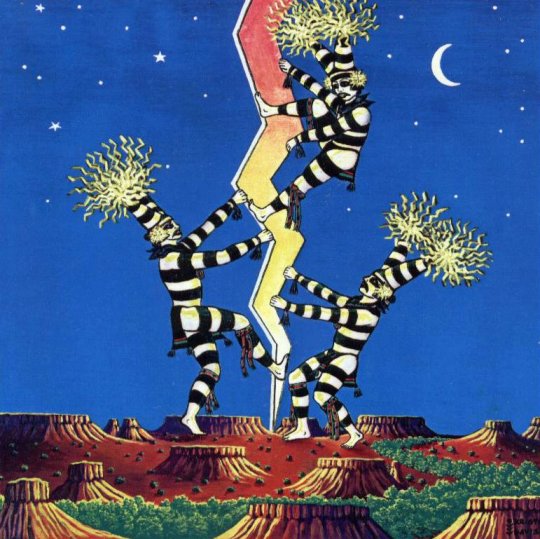
The Koshare are the sacred clowns of the Hopi nation. In this painting by Kristi Davis, they are shown pulling back the sky to allow the dawn to break through.
[Scott Horton]
* * * *
Koshari (Koshare), Koyala, Hano, or Tewa are the names of a clown that is often seen on the Hopi Mesas. In the Hopi tradition, the Sacred Clown Kachina frequently disrupts, making a mess of some of the most vital and fundamental rituals, acting out and exaggerating improper behavior.
+
“The secret of the successful fool is that he's no fool at all.”
― Isaac Asimov
48 notes
·
View notes
Photo
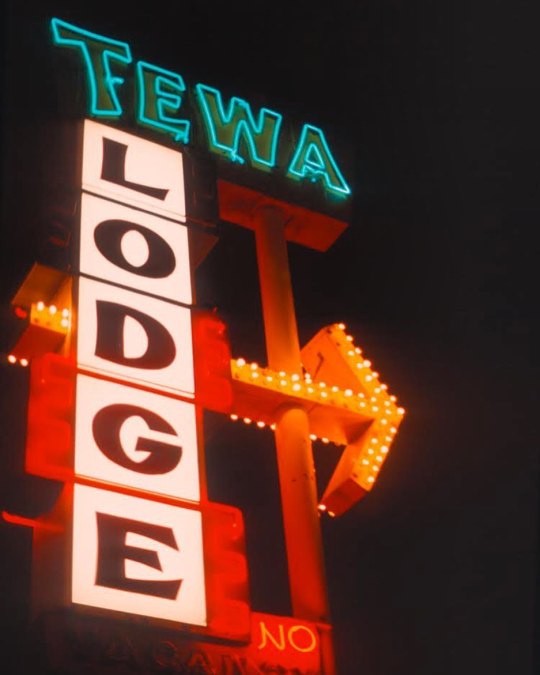
You wear guilt Like shackles on your feet Like a halo in reverse I can feel The discomfort in your seat And in your head, it's worse —- And when our worlds they fall apart When the walls come tumbling in Though we may deserve it It will be worth it (Depeche Mode) The neon glow from the 1940s era Tewa Lodge was shining brightly a couple decades ago along Central Avenue. While many of the old Route 66 motels have disappeared over the years, the Pueblo revival styled Tewa still survives along with lots of street activity in the area. Albuquerque NM #roadsidepeek #tewa #lodge #motel #albuquerque #newmexico #worldinmyeyes https://www.instagram.com/p/CjRbN4Ur9l7/?igshid=NGJjMDIxMWI=
11 notes
·
View notes
Text
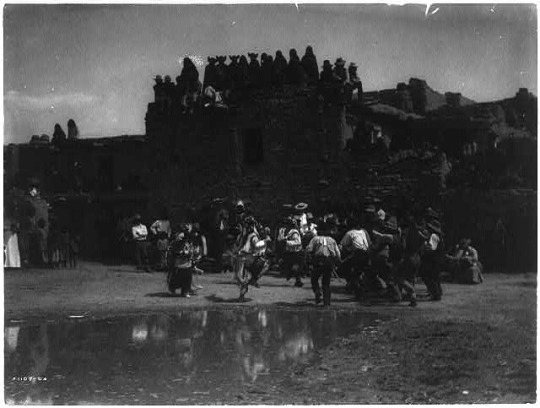
buffalo dance (tewa) at hano, spectators gathered on rooftop watching dancers below
0 notes
Text
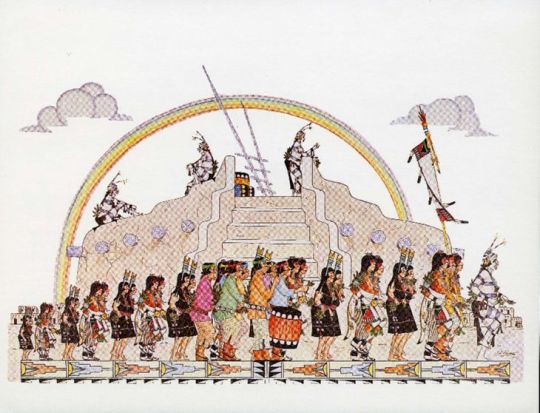
Harvest Dance postcard by Jose D. Roybal/ Oquwa
image source x
1 note
·
View note
Text
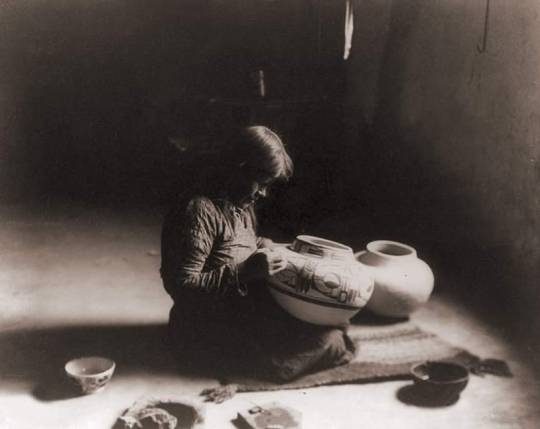
Native American Indoor Potter Woman Tewa Hopi Edward S Curtis 1900s 1900
Tewa Hopi potter Nampeyo seated on mat painting designs on pottery. - Curtis - 1900
Nampeyo (1859 –1942) was a Hopi-Tewa potter who lived on the Hopi Reservation in Arizona. Her Tewa name was also spelled Num-pa-yu, meaning “snake that does not bite”.
20 notes
·
View notes
Text

Tewa artist Helen Hardin (also known as Tsa-Sah-Wee-Eh) - 1978
60 notes
·
View notes
Text




✨Mood✨
#black girls of tumblr#black girls in leisure#black girls are magic#black girls rock#moodboard#natalie Tewa#bahati nzuri#beauties
44 notes
·
View notes
Text
Great-grandchildren of Mary, Princess Royal and Countess of Harewood
via George Lascelles, 7th Earl of Harewood → Hon. James Edward Lascelles




Sophie Amber Lascelles Pearce (1973)
Rowan Nash Lascelles (1977)
Tanit Lee Lascelles (1981)
Tewa Ziyane Robert George Lascelles (1985)
#apparently rowan is VERY problematic#a persistent offender#police tried to ban him from a London borough#sophie is a photographer based in the uk#tanit is a production manager and producer based in the us#she worked under Ryan Seacrest Productions#although it says in her profile that she moved to london#tewa is american#he's a punk guitarist#makes me think what the future holds for the annelets#the extended fam#mary princess royal#countess of harewood#henry lascelles#6th earl of harewood#sophie lascelles#rowan lascelles#tanit lascelles#tewa lascelles#great-grandchildren series
9 notes
·
View notes
Text
Digital art 👄






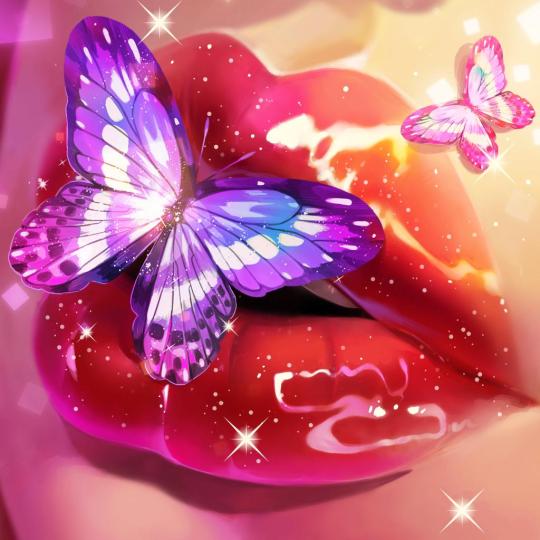
#my post#my art#manga art#wallpaper#my photos#digital art#art#artists on tumblr#artwork#nail art#anime art#body art#digital painting#desenhodigital#desenho#bocah tewas
18 notes
·
View notes
Text

Painted ceramic jar.
Nampeyo, 1900 - 1915.
3 notes
·
View notes
Text

3 notes
·
View notes